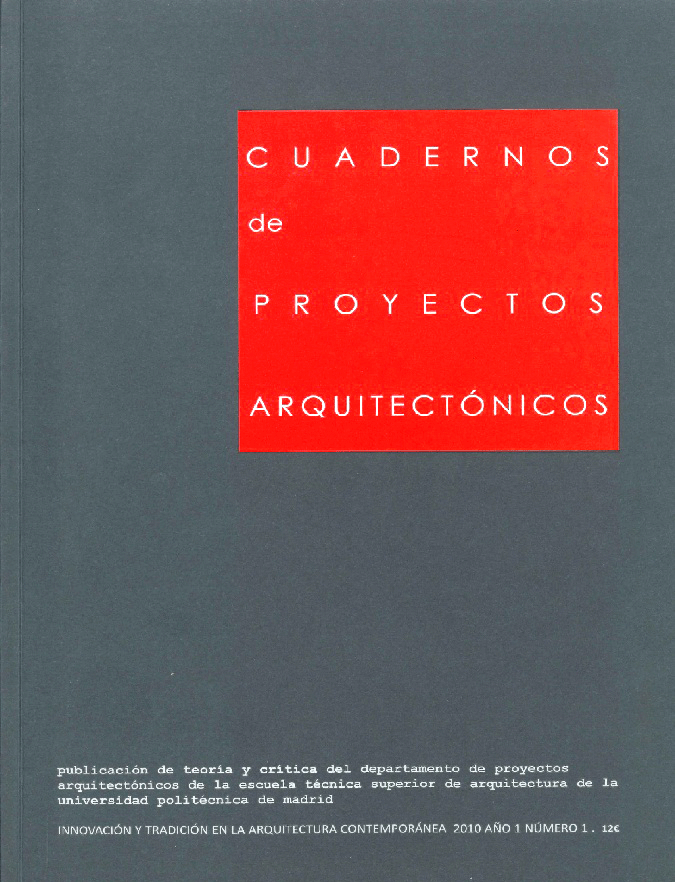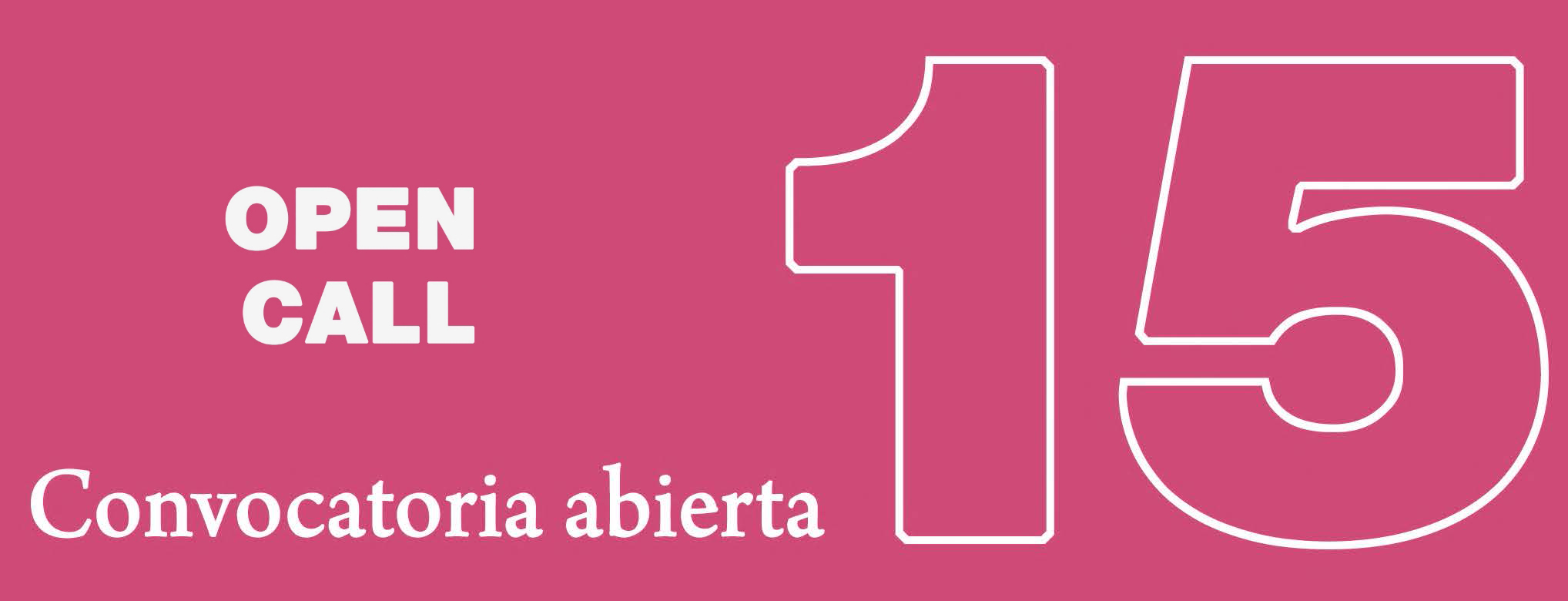Crítica y crisis
Resumen
The crisis of criticism has been washed out by the crisis of the world. In his work "Blindness and Insight", Paul de Man -whose title we have borrowed for this text-asserts that "all true criticism occurs in the mode of crisis". He also tells us that the manipulation of the criticism as a discipline and within its structure has been so great that it is in fact in the midst of crisis. These words could be applied to architecture's discipline since the Modernism adopted after World War II. Today, four decades after the crisis of Modernism, it becomes evident that the brings forth the awareness that the edifice in threat of collapse is the planet itself. The task of architecture becomes the very dumb one of providing some order in the midst of disorder, and the task of criticism ends up being the even duller of offering support and encouragement for the constructions that hope to heat rather than to those that attempt to replicate the chaos of the world. Expressed in this manner, the task of criticism requires a humble simplicity in the analysis that it carries out. It Makes an effort to find the root of things, and demands a role of service from architects that has vanished. Architectural discipline blurred its ties with power during the first decades of the twentieth century, and established with social matters which has been disappearing in favor of spectacle, a quality dominant within contemporary society. Architectural discipline demands renovation: a rediscovering of humanity in the midst of adversity. The crisis of the world demands that criticism give voice to silence, and make visible both invisible cities and invisible architectures.
Descargas
Descargas
Publicado
Número
Sección
Licencia
1. Los autores conservan los derechos de autor y garantizan a la revista el derecho de una Licencia Creative Commons Atribución-NoComercial-SinDerivar 4.0 Internacional que permite a otros compartir el trabajo con un reconocimiento de la autoría.
2. Los autores pueden establecer por separado acuerdos adicionales para la distribución no exclusiva de la versión de la obra publicada en la revista (por ejemplo, situarlo en un repositorio institucional o publicarlo en un libro).













